Palmetto Bluff Real Estate Company Sales Office
Office Hours
Monday-Friday 9am - 5pm
Saturday 9am - 4pm
Sunday 12 - 4pm
Saturday 9am - 4pm
Sunday 12 - 4pm
To understand the immeasurable historical role Bluffton’s Garvin House plays in our nation’s story, you must put yourself for a moment in the shoes of its original builder, Cyrus Garvin. As far as which moment to choose, perhaps none would sum up the experience better than one that has been lost to history, but came on a date in 1870. The moment is more than its date however; what’s important is that it came in the morning, when Cyrus Garvin began his day much like you do, by greeting the sun’s first rays over the May River, watching them paint her gentle sways and eddies in rich luminous gold.
It could even be that Cyrus Garvin himself didn’t know the importance of the moment as it was happening. Regardless, it would mark the first time that he watched that majestic sunrise from the sanctuary of a house, a home, that he could call his own.
Born into slavery sometime around 1820, Cyrus Garvin had watched countless sunrises from someone else’s land, under someone else’s rule. He’d been freed in June of 1863 when Union torches choked the night air with smoke, taking with them the plantation home of Joseph Baynard where historians agree Garvin most likely toiled. It was the moment that slave became a free man.
But still, real freedom wouldn’t come until that unknown moment in 1870, on the porch he had hewn from the very forest around him, as Cyrus Garvin would watch the first rays of sunlight hit his home. To date, that home remains the only example of the freedmen’s cottages that sprang up around the May
River as slaves staked their claims to lands they’d been born into while in bondage.
The house, more or less, still stands. Perched on the rounded bluff beside the Bluffton Oyster Company, it commands a May River view that would probably still be considered one of the best, despite the proliferation of riverside homes in the 140 years since it was built.
“I wouldn’t mind waking up to that view,” said Melanie Marks, whose firm, CT House Histories, recently wrapped up an exhaustive eight-month historical survey of the house. “I’d move in right now.”
Of course, at the time she said that the home was not quite ready for habitation. By the time you read this, it will be a different story entirely. That’s thanks to an extensive and long-delayed restoration effort that is planned for a January 2017 wrap-up as of this writing.
Sold by the Garvin family in the ’60s and subsequently used as a storage building by the nearby Bluffton Oyster Factory, the house had been on a long slow crawl back to the earth from whence it came when steps were finally taken to stabilize it in 2009. Held aloft by two massive steel beams running down its center, the Garvin House was given a stay of execution but continued to decay.
Until six months ago, when Charleston-based Construction Consultants won a bid for a full restoration of the house. Now, plank by plank, brick by brick, the shambling pile of termite-infested shingles at Oyster Factory Park is slowly returning to its former glory.
“It’s coming back to life,” said Construction Consultants principal Mike Riffert.
Who Was Cyrus Garvin?
As one can imagine, records of a freed slave in Reconstruction-era South Carolina can be a little tricky to come by. There’s the not-insurmountable fact that Cyrus Garvin could neither read nor write, something that didn’t hamper him from making an astonishingly successful life as a freed man. There’s also the fact that many historical records of that age have been damaged or destroyed, like the 1890 U.S. Census that was lost to a Washington, D.C. fire. There’s also the fact that Cyrus Garvin would sometimes go by Cyrus Garvey, vacillating between the two names across various documents.
Which makes what Marks was able to compile that much more impressive.
Prepared on behalf of the Town of Bluffton, her paper “The Journey of a Freedman’s Family” details not only the history behind Cyrus Garvin and the house he built on the May River, but also paints a picture of the intertwining stories of rich Bluffton planters, Savannah businessmen and Palmetto Bluff farmers who would have been in his world.
She traces ownership of the land on which the house now sits through various families during their rise and fall with the fortunes of the booming South. Along with the land, she traces ownership of Garvin himself. While the widely held belief is that Garvin was owned by a Joseph Scott Baynard, the name indicates that Cyrus would have been owned by James Garvey, the owner of Garvey Hall Plantation (whose location has been lost to history).
However, Cyrus had extensive dealings with Baynard after the war. The wealthy Palmetto Bluff planter owned the land on which the Garvin House now sits, which he’d set aside for his summer residence. It was Baynard who sold Garvin the land, and it was Baynard who employed Garvin to help run his farm while he managed his affairs in Savannah.
This employment not only allowed Garvin to build his own home, it helped him give back to the community, as he helped purchase land to build St. Matthew’s Church. It also, intriguingly, helped him purchase 54 acres of land on May 10, 1878.
No one knows exactly where Garvey Hall Plantation was, but the research hints at the possibility that eight years after building his own home, Garvin bought the plantation where he’d been born a slave.
The house would pass to his son Isaac and grandson Paul before being sold in 1961. From there, the house fell into disrepair and ruin as it was slowly reclaimed by the forest. Pictures from as recently as the 1980s still show the house standing, if beginning to sag somewhat. By the turn of the century, it was just a shell.
“You basically just had a roof laying on the ground,” said Riffert. “It was trashed.”
Rebuilding
Riffert has made quite a name for himself as the guy you call when you have a house in a condition like this.
Most recently, he was tasked with restoring the famed Seashore Farmers’ Lodge on James Island for the show “Flip This House.” “[The Garvin House] was in a lot worse shape,” he said with a laugh. “It was toast.
Indeed, on a recent visit, while walking around the bustling construction site the property has become, it was hard to fathom that just six months ago, this aged cabin was little more than boards and weeds. But despite the terribly advanced state of decay, Riffert was able to upcycle and salvage a tremendous amount of material to use in the home’s rebuilding.
“I’d say we have about 55 to 58 percent of the original structure still in here,” he said.
To make that happen, Riffert pulled up floorboards and, when a piece was too rotten or infested with termites to reuse, cut it down to emulate the original trim and baseboards. Digging around the property unearthed hundreds of bricks that were used to carefully rebuild the existing chimneys. Some of the original shutters were still, impossibly, clinging to the structure’s shell. Those he couldn’t reuse served as a template for replacements hand-milled onsite.
“We really didn’t throw anything away,” he said.
And when he simply could not use existing materials, Riffert used some ingenious methods to maintain that authentic look of Cyrus Garvin’s original cabin. The original hand-split shake roof had been covered with corrugated steel sometime in the 1930s, so Riffert rebuilt the original roof, added everything needed to bring it up to hurricane standards, then put the steel roof on top. An acid wash on the steel sheets even evokes a sense that the home isn’t being rebuilt, but restored to a time when it was still a home.
His workers even used the sand and shells onsite to mix masonry, just as Cyrus would have, as they rebuilt the chimneys. Of course, they stabilized it with concrete and steel, but their expertise is such that one would never notice.
It’s all part of restoring something that has stood the test of time, as are the unexpected surprises along the way.
“When we started lifting the floors, no one had been under there for 100-plus years. So we’d find everything from bullet shots and buttons to old shoes between the floors,” said Riffert. “As time progressed we started finding things like a tin full of oyster factory covers from the ’30s, a carburetor from the ’40s, engine parts from an old Johnson motor …”
And through his efforts, what had been an eyesore beside Bluffton’s biggest park for festivals and sunsets is slowly re-emerging as a house built in freedom and placed before some of the finest views in the world.
“Everybody knows the house. But it was more than a house. It was a home,” said Marks. “I would like to think Cyrus Garvin is looking down on all of this and saying ‘Wow.’”
Photos by Rob Kaufman%GALLERY%
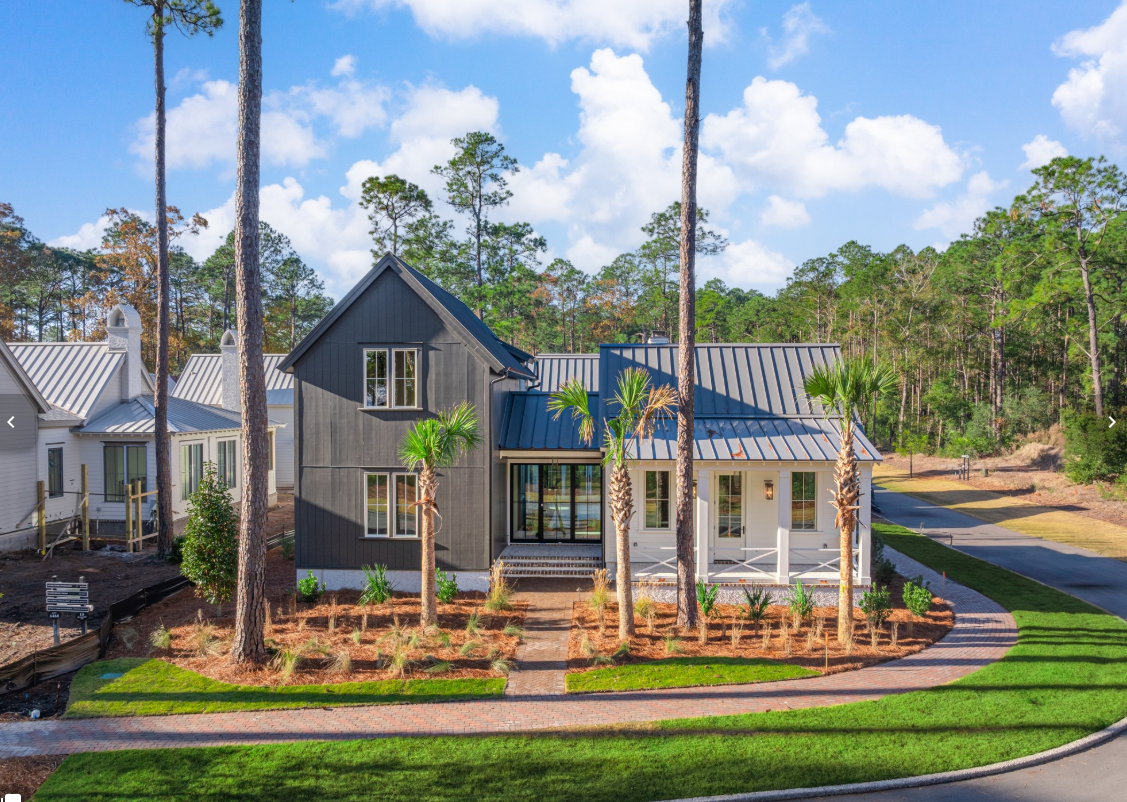
The Ultimate Choice: Building vs Buying a Home in Palmetto Bluff For those searching for Palmetto Bluff homes for sale, this common question often arises: Should you choose an existing residence, or embrace the opportunity to build your own? While a complet...
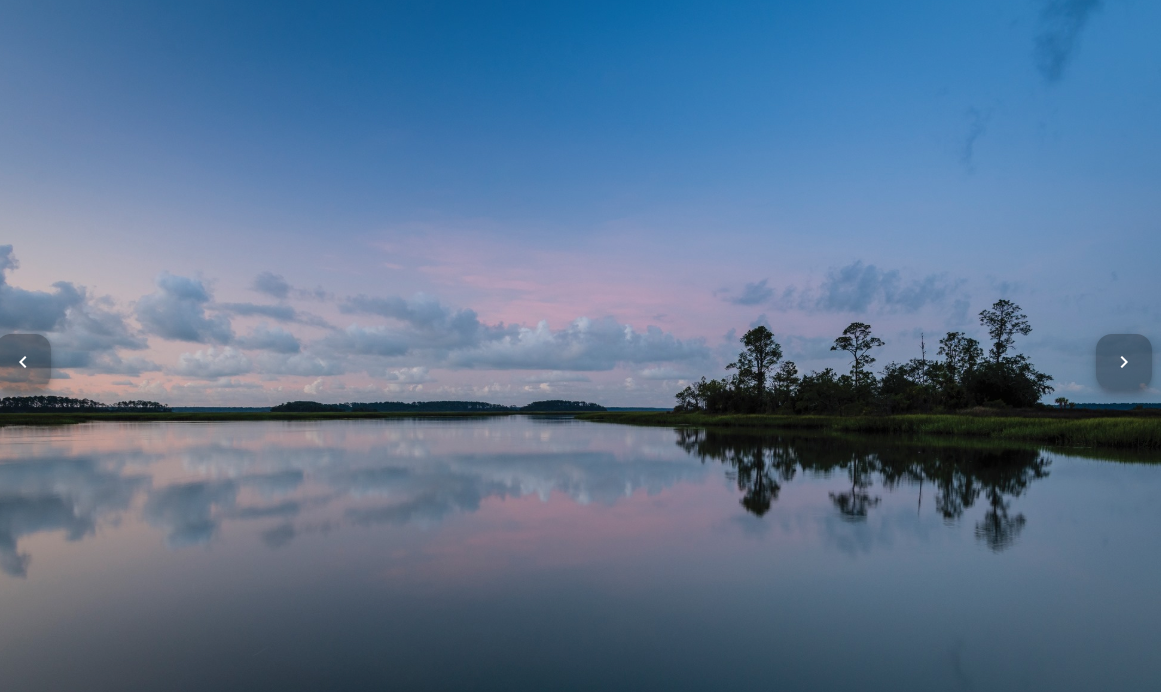
A Complete Guide to South Carolina Winter at Palmetto Bluff South Carolina's winter is unlike any other on the East Coast. While many travelers search for “South Carolina winter” expecting cooler temperatures and limited outdoor options, the Lowcountry revea...
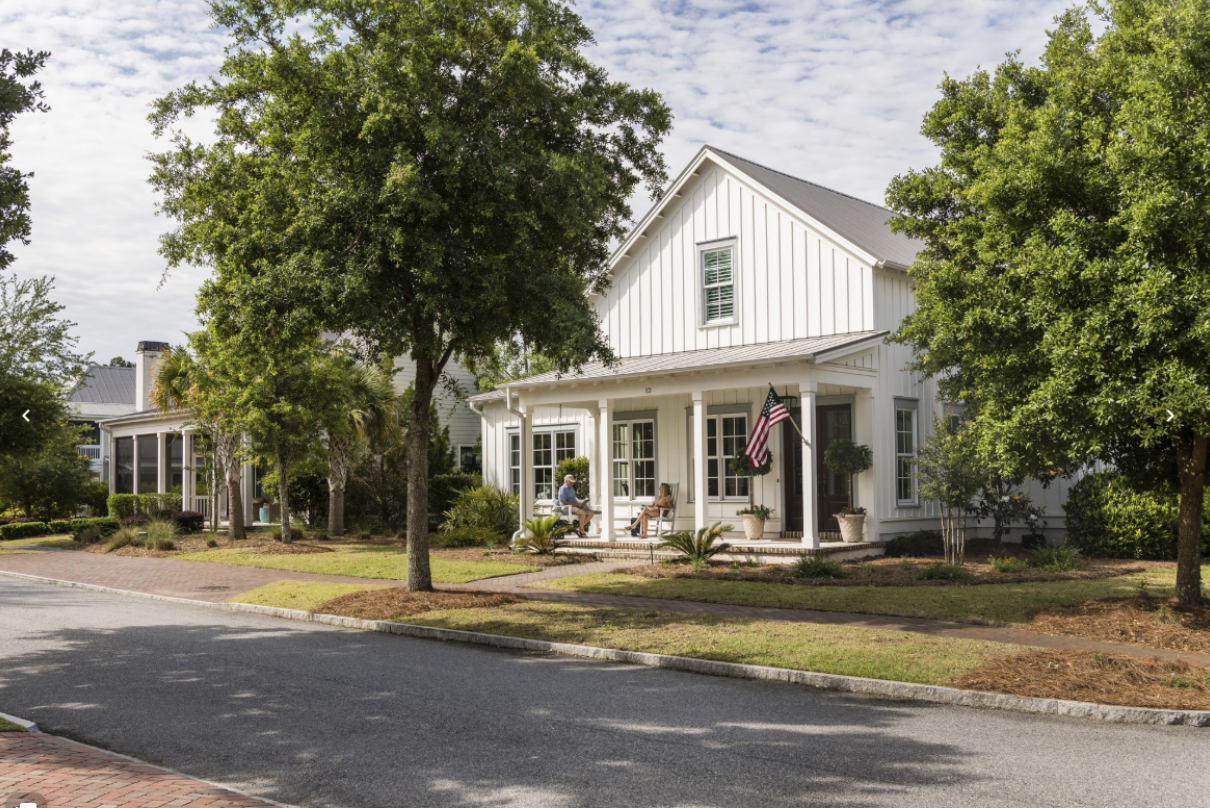
River Road: Where Lowcountry Beauty Meets Elevated Everyday Living Tucked gracefully between Wilson Village and Moreland Village, River Road is one of Palmetto Bluff’s most immersive communities. It's where the pace of life seems to soften, classic Southern ...
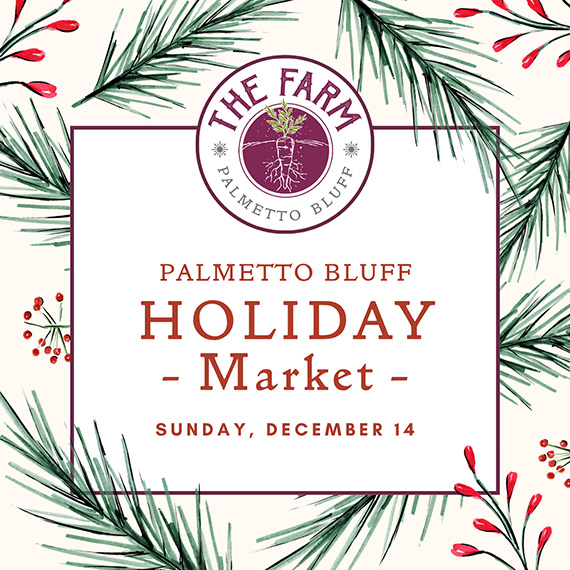
Sunday, December 14 | 9am to 1pmVillage GreenThe season’s most festive farmers market, the Holiday Farmers Market, comes to Wilson Village on Sunday, December 14, from 9am to 1pm. All are welcome to visit and experience the magic of holidays at the Bluff. The ...
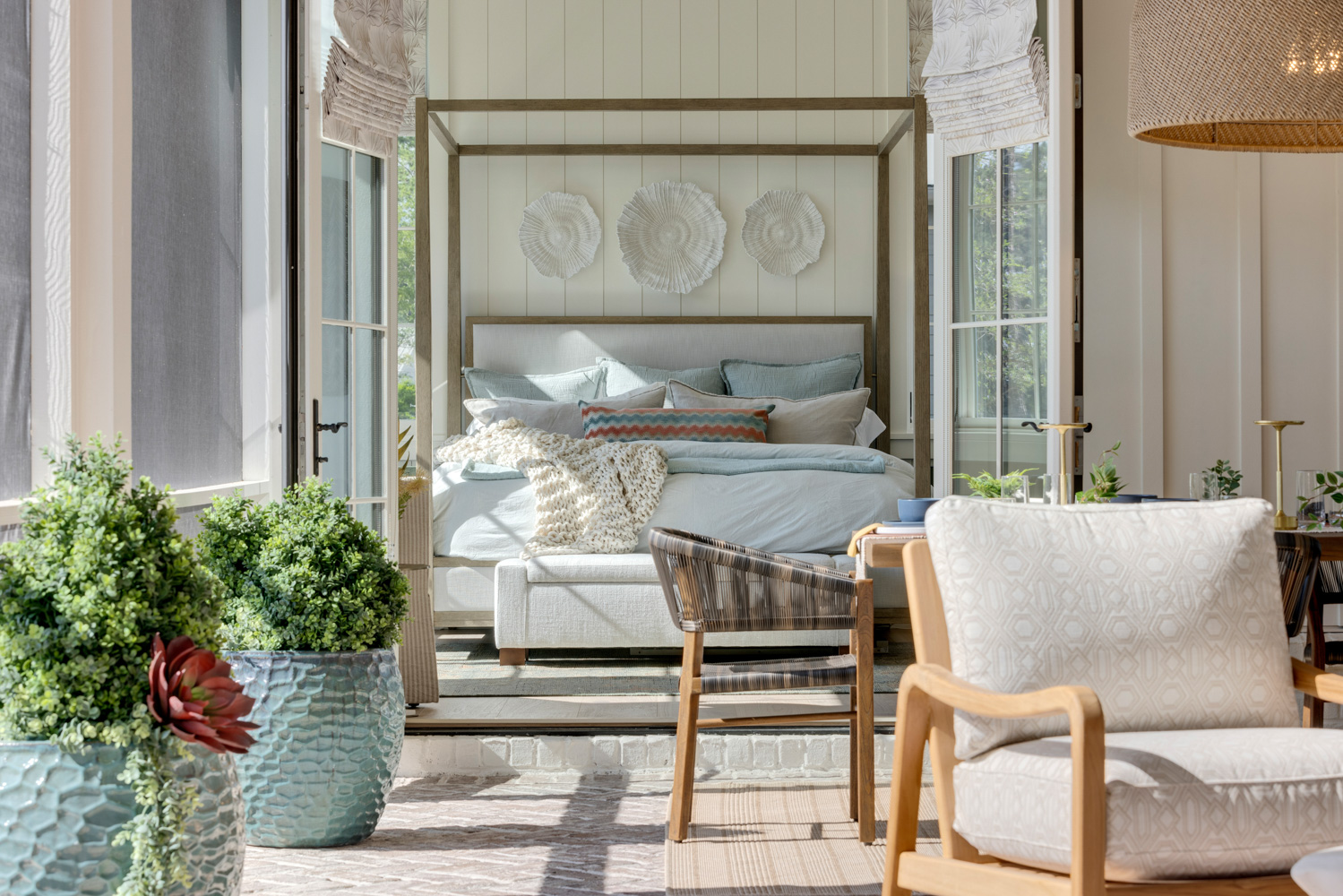
Tucked amid whispering pines and overlooking a tranquil water trail, 11 Lyonia Street is where Lowcountry charm meets modern artistry. The newly built residence redefines Southern living with a balance of craftsmanship and calm. This is a home that feels both ...
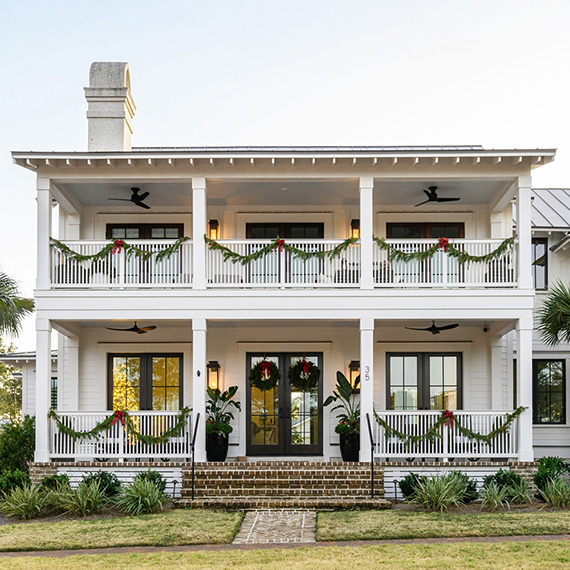
The holiday season in the Lowcountry brings crisp air, oaks draped in twinkling lights, and laughter drifting from homes where families and friends gather once again. At Palmetto Bluff, the holidays are more than just a season; they’re a feeling of togethernes...
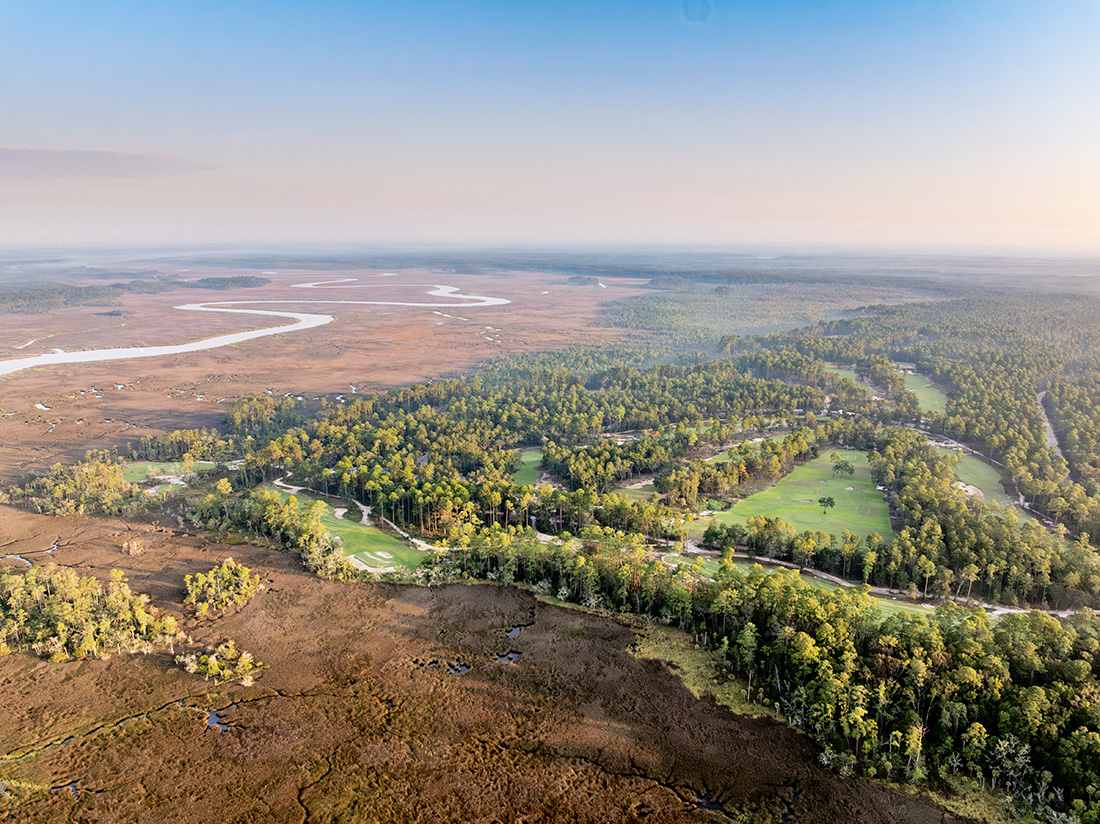
https://vimeo.com/1071784239?share=copy&fl=sv&fe=ci We are excited to unveil the official brand identity for Palmetto Bluff’s newest chapter in golf, Anson Point. Designed by golf icons Bill Coore and Ben Crenshaw and set within more than 500 acre...
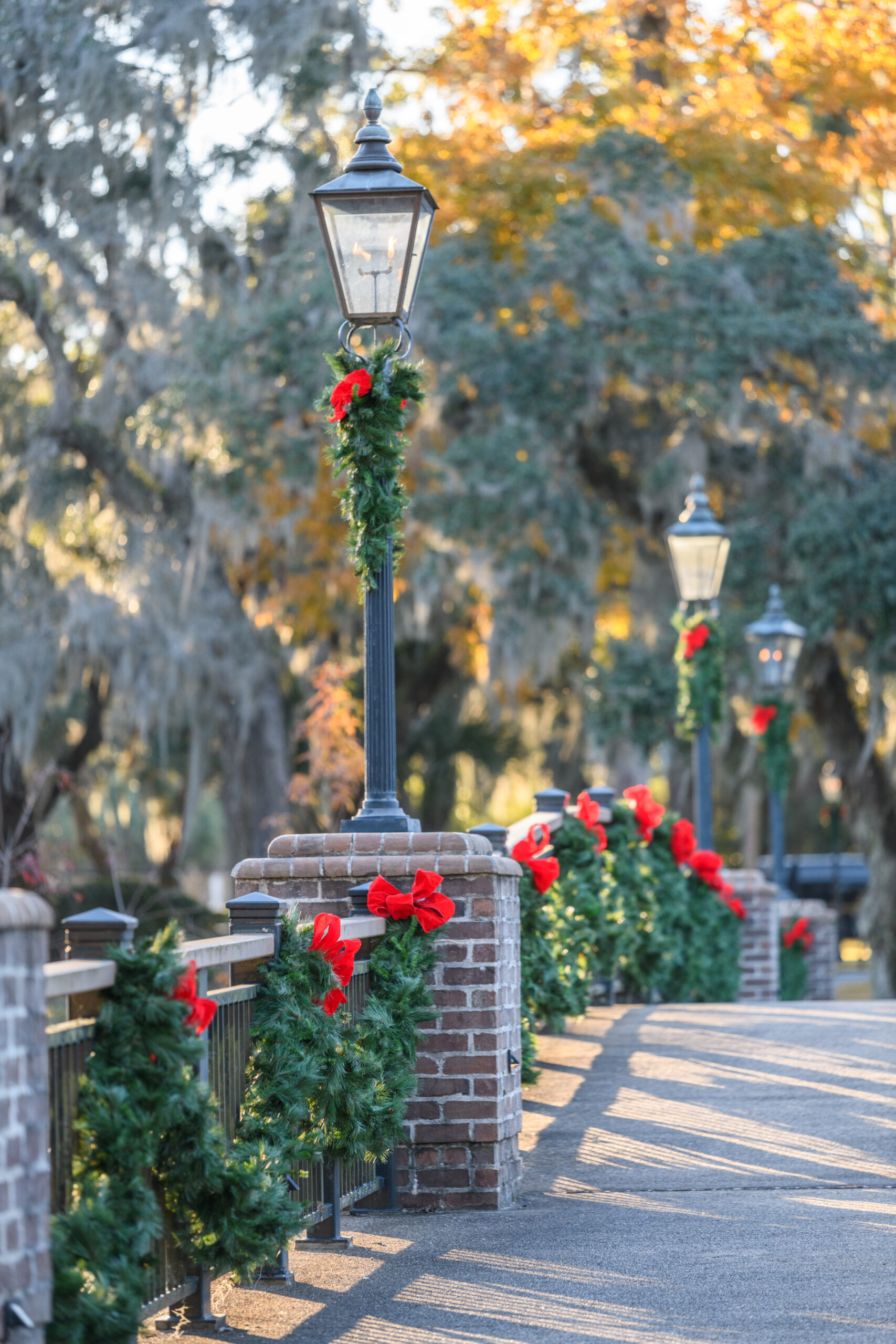
Must-Do 2025 Holiday Events in the Lowcountry There’s no better way to embrace the magic of the holidays than spending them in the heart of the Lowcountry. With its sparkling waterways, moss-draped oaks, and warm coastal charm, Palmetto Bluff transforms into ...
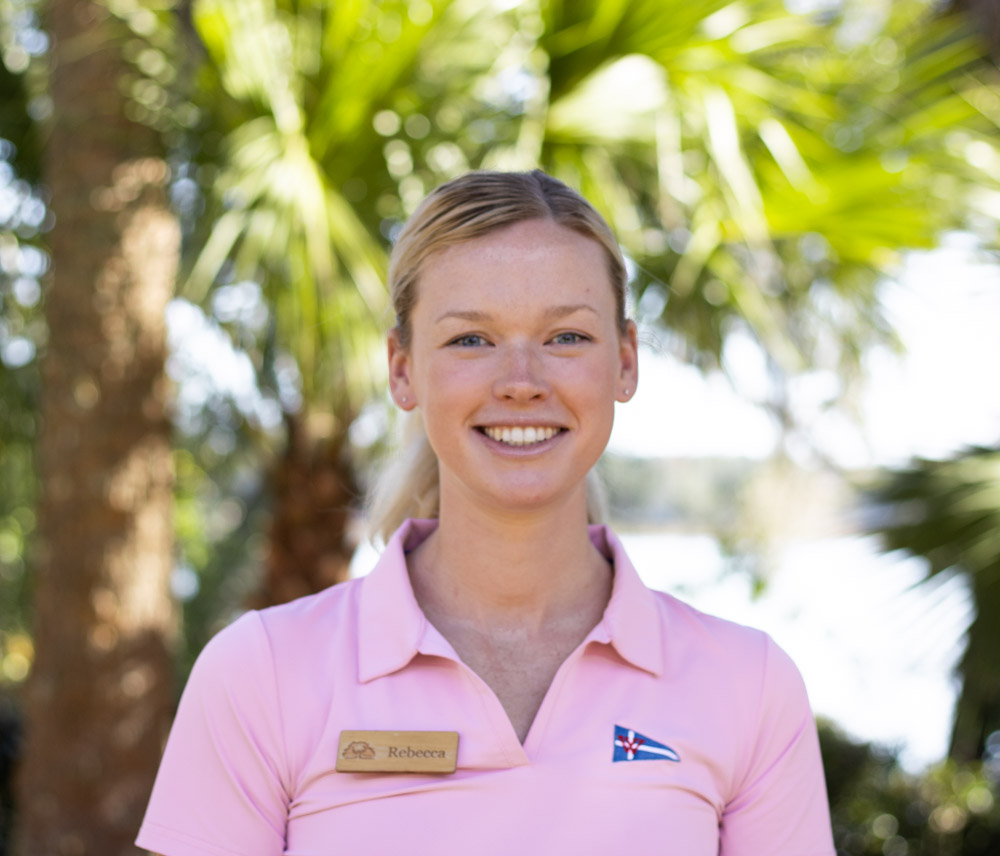
Rebecca’s Journey to Palmetto Bluff For Rebecca McCorkendale, life on the water isn’t just a career—it’s a calling that runs through generations. Growing up on Hog Island, nestled between Hilton Head and Bluffton, Rebecca was raised with salt air in her lungs...
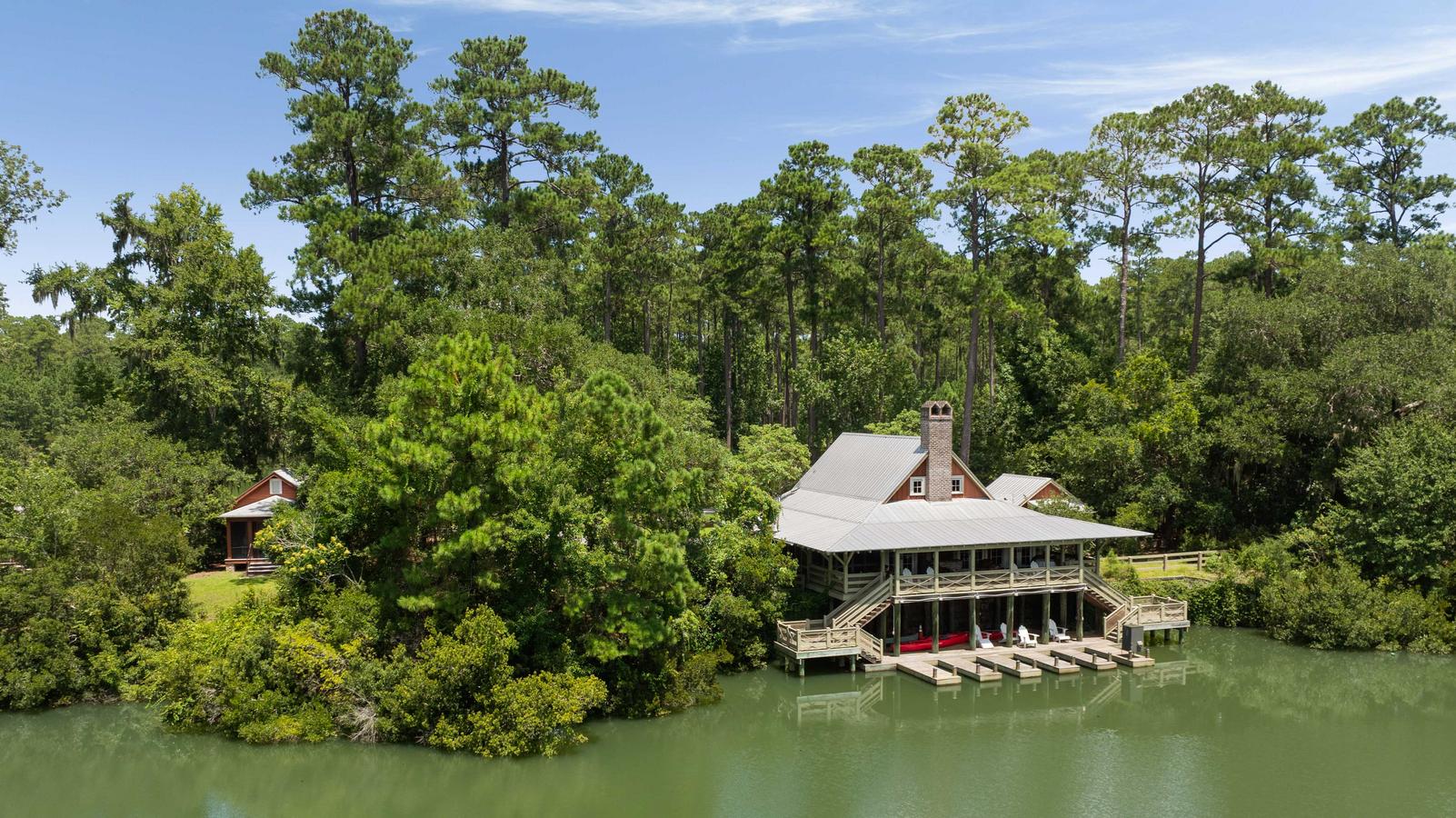
Headwaters Community in Palmetto Bluff Tucked deep within Palmetto Bluff’s untouched maritime forest, Headwaters stands apart as the community’s most private and pristine enclave. With just ten family compounds spread across more than 600 acres of scenic mars...
Learn about the Palmetto Bluff Conservancy and how we keep the vision of our land in place.
On land or water, there is an ever-evolving variety of activities.
We do not attempt to independently verify the currency, completeness, accuracy or authenticity of the data contained herein. All area measurements and calculations are approximate and should be independently verified. Data may be subject to transcription and transmission errors. Accordingly, the data is provided on an “as is” “as available” basis only and may not reflect all real estate activity in the market”. © [2023] REsides, Inc. All rights reserved. Certain information contained herein is derived from information, which is the licensed property of, and copyrighted by, REsides, Inc.